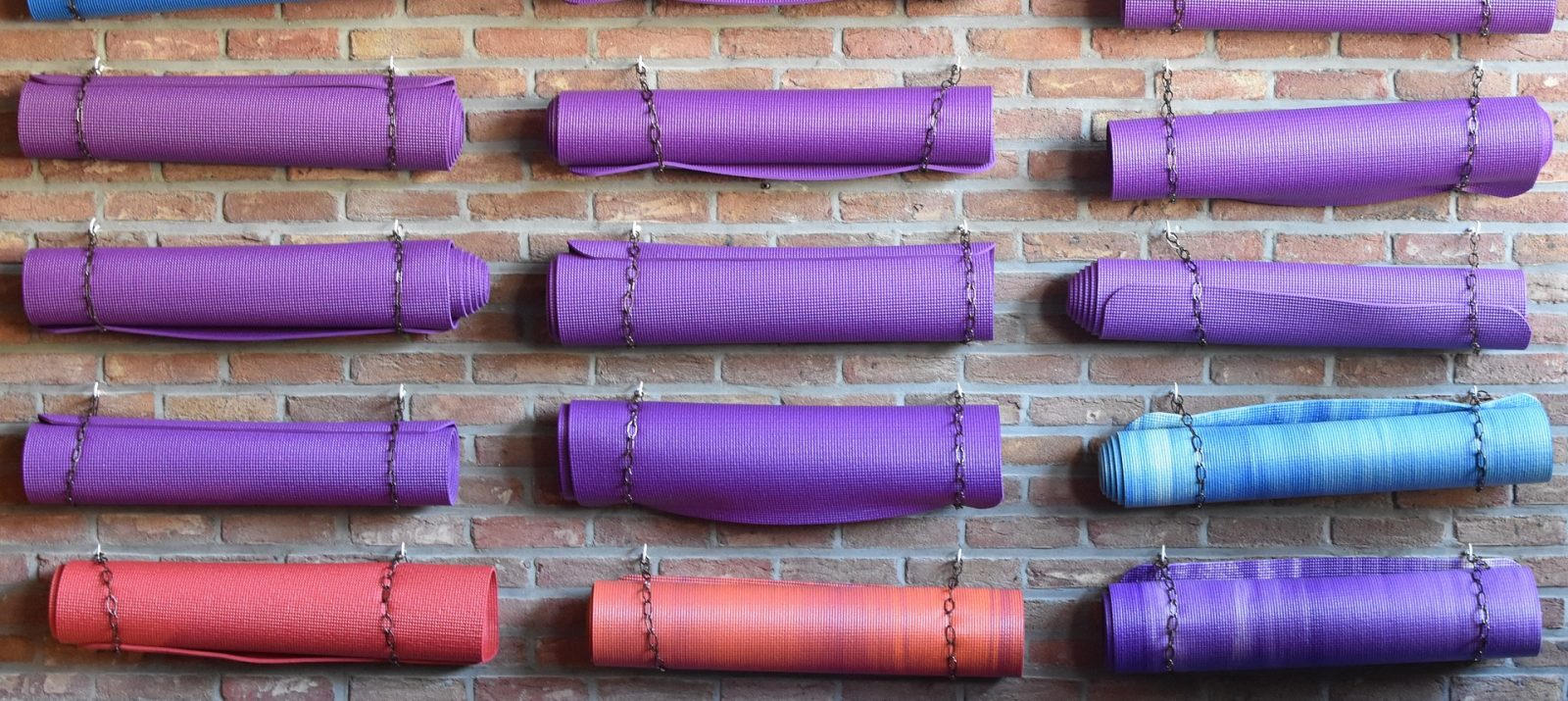

Articles
How To Store Yoga Mats
Modified: January 8, 2024
Discover the best articles on how to store yoga mats and keep them clean and organized. Learn effective tips and tricks to maintain the longevity of your yoga mat.
(Many of the links in this article redirect to a specific reviewed product. Your purchase of these products through affiliate links helps to generate commission for Storables.com, at no extra cost. Learn more)
Introduction
Welcome to the world of yoga! Whether you’re a seasoned yogi or just starting out on your yoga journey, one essential item you’ll need is a yoga mat. A yoga mat not only provides a cushioned surface for your practice but also helps maintain stability and prevent slipping during poses. As you invest in a high-quality yoga mat to support your practice, it’s important to learn how to properly store and care for it.
Proper storage of your yoga mat not only helps in preserving its longevity but also ensures that you have a clean and hygienic surface for your practice. In this article, we will explore the importance of proper mat storage and various methods you can employ to keep your yoga mat in optimal condition.
Key Takeaways:
- Properly storing your yoga mat is crucial for maintaining hygiene, preventing damage, and prolonging grip. Choose the right storage space, clean it regularly, and avoid common storage mistakes to ensure a clean and supportive surface for your practice.
- Whether you roll, fold, use straps, or hang your yoga mat, proper storage methods are essential for maintaining its longevity and functionality. Avoid storing a dirty mat, extreme temperatures, and heavy objects on top to preserve its condition and hygiene.
Read more: How To Store Yoga Mats At Home
Importance of Proper Mat Storage
Properly storing your yoga mat is essential for maintaining its longevity and functionality. Here are some reasons why proper mat storage is important:
- Hygiene: Yoga mats come into contact with the floor, sweat, and dirt during your practice. Storing your mat properly helps minimize the accumulation of bacteria and germs, ensuring a clean and hygienic surface for your future sessions.
- Prevents Damage: Proper storage prevents your yoga mat from getting creases, tears, or other damage that may affect its performance. By protecting it from being tossed around or stepped on, you can prolong its lifespan.
- Prolongs Grip: Yoga mats often have a textured surface for improved grip. Improper storage, such as rolling it too tightly or storing it in a place with extreme temperature changes, can alter the grip, making it less effective for your practice.
- Easier Accessibility: By storing your yoga mat in an organized manner, you can easily access it whenever you are ready to practice. This eliminates the frustration of untangling a rolled-up mat or searching for a misplaced one.
Now that we understand the importance of proper mat storage, let’s explore the different methods you can employ to ensure your yoga mat remains in optimal condition.
Choosing the Right Storage Space
When it comes to storing your yoga mat, selecting the right storage space is crucial. Here are a few factors to consider:
- Avoid Sunlight: Exposing your yoga mat to direct sunlight can cause it to fade and deteriorate over time. Choose a storage space that is away from windows or any other areas with direct sunlight.
- Adequate Ventilation: It’s important to choose a storage space that allows for proper air circulation. This helps prevent the growth of mold and mildew, which can develop in damp environments.
- Clean and Dry Area: Ensure that the storage space is clean and dry to avoid any transfer of dirt or moisture onto your yoga mat. Avoid storing it in areas prone to dampness, such as a basement or garage.
- Protected from Pets and Children: If you have pets or children at home, consider storing your yoga mat in a location that is out of their reach. This will prevent accidental damage or staining.
Based on these considerations, you can choose an appropriate storage location for your yoga mat, such as a closet, dedicated storage bag, or a designated area in your home. Remember, the goal is to keep your yoga mat clean, protected, and easily accessible for your next practice session.
Cleaning Your Yoga Mat
Maintaining a clean and hygienic yoga mat is essential for your practice. Here are some tips on how to clean your yoga mat:
- Regular Wiping: After each session, wipe down your yoga mat with a clean cloth or towel. This helps remove sweat, dirt, and oils that may have accumulated on the surface.
- Homemade Mat Cleaner: You can create a natural and effective mat cleaner by mixing equal parts water and vinegar in a spray bottle. Spray the mixture onto your mat and wipe it clean with a cloth or towel.
- Commercial Mat Cleaners: Alternatively, you can use commercially available yoga mat cleaners. These cleaners are specifically designed to sanitize and refresh your mat. Follow the instructions provided on the cleaner for best results.
- Deep Cleaning: Depending on the intensity and frequency of your practices, it’s important to deep clean your yoga mat periodically. Follow the manufacturer’s guidelines for the best cleaning method. Some mats can be hand-washed, while others may require a gentle cycle in the washing machine.
- Air Drying: It’s crucial to allow your yoga mat to completely air dry before rolling or storing it. Hang it over a shower rod, clothesline, or lay it flat on a clean surface. Direct sunlight can cause damage, so choose a shaded area or a well-ventilated space.
By incorporating these cleaning practices into your routine, you can ensure that your yoga mat remains fresh, clean, and free from any bacteria or odors that may interfere with your practice.
Rolling vs Folding Your Yoga Mat
When it comes to storing your yoga mat, you have two main options: rolling or folding. Here are the pros and cons of each method:
Rolling:
- Rolling your yoga mat is the most common method of storage. It allows for easy transportation and provides a neat and compact form.
- Rolling your mat helps maintain its shape and prevents permanent creases or wrinkles from forming.
- When rolling your mat, make sure to start from one end and roll it tightly. This will prevent it from unraveling during storage.
- Ensure that the rolling direction is consistent to avoid any curling edges.
- Rolling is ideal for most yoga mats, especially those made of thicker materials.
Folding:
- Folding your mat can be a convenient storage option if you have limited space or prefer a different method.
- Folding your mat is more suitable for thinner mats and those made of flexible materials.
- When folding, make sure to avoid any sharp creases that may cause permanent damage to the mat’s structure.
- It is recommended to fold the mat in half first and then in thirds, creating a compact and rectangular shape.
- Keep in mind that folding your mat may result in visible creases, which may take some time to relax when you unroll it.
Ultimately, the choice between rolling and folding your yoga mat depends on your personal preference, the type of mat you have, and the available storage space. Whether you choose to roll or fold, always ensure that your mat is stored in a clean and dry environment to maintain its integrity.
To store yoga mats, roll them up loosely to prevent creases and store them in a dry, well-ventilated area away from direct sunlight to prevent damage and odors.
Read also: 12 Best Yoga Mat Storage For 2024
Using Straps or Bands for Storage
Another convenient method for storing your yoga mat is to use straps or bands. Here’s how you can use them:
- Yoga Mat Straps: Yoga mat straps are specifically designed to secure and carry your mat. They typically come with adjustable loops or buckles that securely hold your mat in place.
- Before storing, roll your yoga mat tightly and secure it with the strap by placing it around the rolled mat and tightening it.
- Once the strap is securely fastened, you can hang it on a hook, over a doorknob, or place it vertically against a wall for easy accessibility.
- The benefit of yoga mat straps is that they keep your mat compact, organized, and allow for hassle-free transportation.
- Elastic Bands: If you don’t have a yoga mat strap, you can also use elastic bands as an alternative.
- Roll your mat tightly and fasten it with the elastic band by wrapping it around the rolled mat a few times and securing it with a knot.
- Ensure that the elastic band is tight enough to hold the mat securely but not so tight that it damages the mat.
- Once secured, you can place the rolled mat vertically or horizontally in a storage space or hang it for easy access.
Using straps or bands offers a convenient and space-saving solution for storing your yoga mat. Not only does it keep your mat secure, but it also helps maintain its shape and integrity. Whether you opt for a dedicated yoga mat strap or a simple elastic band, these storage options are practical and efficient.
Hanging Your Yoga Mat
If you have limited floor space or prefer a visually appealing storage option, hanging your yoga mat can be a great solution. Here’s how you can hang your yoga mat:
- Using Wall Hooks:
- Install wall hooks or mounts in your desired location, ensuring that they are sturdy and securely attached to the wall. Choose a spot that is easily accessible for you.
- Roll your yoga mat tightly and hold it with both hands, aligning the open end of the mat with the hooks.
- Gently lift your mat and hang it on the hooks, ensuring that it is securely in place and does not slip off.
- Ensure that the hooks are positioned such that the mat hangs vertically or horizontally, depending on your preference.
- Using Over-the-Door Hooks:
- Over-the-door hooks are an alternative option for hanging your yoga mat, especially if you have limited wall space.
- Place the hooks over a sturdy door, making sure that the door can close without obstruction.
- Roll your yoga mat tightly and hold it with both hands. Position the open end of the mat over the hooks, aligning it properly.
- Gently lift your mat and let it rest on the hooks, ensuring that it hangs securely and does not slide off.
Hanging your yoga mat not only keeps it off the floor and out of the way but also adds a decorative element to your space. It allows your mat to air out, preventing moisture buildup, and makes it easily accessible for your next practice session.
Avoiding Common Mistakes in Mat Storage
When it comes to storing your yoga mat, it’s important to avoid common mistakes that can affect its condition and longevity. Here are some key mistakes to avoid:
- Storing a Dirty Mat: Never store a dirty yoga mat. Make sure to clean and dry it thoroughly before storing it to prevent the growth of mold, bacteria, and unpleasant odors.
- Exposing to Extreme Temperatures: Avoid storing your yoga mat in areas with extreme temperatures, such as near heaters or in direct sunlight. Extreme heat or cold can damage the materials in the mat and affect its performance.
- Leaving it Rolled or Folded for Too Long: If you’re not using your yoga mat for an extended period, it’s best to unroll or unfold it occasionally to prevent permanent creases or folds from setting in.
- Storing in Damp or Humid Areas: Moisture can lead to the growth of mold and mildew. Avoid storing your mat in damp or humid areas, such as bathrooms or basements. Opt for a dry and well-ventilated space instead.
- Stacking Heavy Objects on Top: Avoid placing heavy objects on top of your rolled mat, as this can cause it to lose its shape and possibly damage its structure. Store it in a location where it won’t be crushed or flattened.
- Using Harsh Cleaning Products: Be cautious when using cleaning products on your yoga mat. Harsh chemicals can cause damage and deterioration. Stick to gentle, natural cleaning solutions that won’t compromise the integrity of the mat.
- Ignoring the Manufacturer’s Instructions: Different yoga mats may have specific care instructions provided by the manufacturer. Always follow these guidelines for cleaning, storage, and maintenance to ensure the longevity and performance of your mat.
By avoiding these common mistakes, you can ensure that your yoga mat remains in top condition, providing you with a clean and comfortable surface for your practice.
Conclusion
Properly storing your yoga mat is essential for maintaining its longevity, hygiene, and functionality. By following the right storage methods, you can ensure that your mat remains clean, protected, and easily accessible for your practice sessions.
Choosing the right storage space, cleaning your mat regularly, and using appropriate storage techniques such as rolling, folding, using straps or bands, or even hanging your mat can make a significant difference in its condition. It’s important to avoid common mistakes such as storing a dirty mat, exposing it to extreme temperatures, or stacking heavy objects on top.
By storing your yoga mat in a clean, dry, and well-ventilated area, you can prevent damage, maintain its grip and stability, and prolong its lifespan. Regular cleaning and proper care are also crucial for keeping your mat fresh, free from bacteria, and odor-free.
Remember to respect the manufacturer’s instructions for cleaning and storage, as different mats may require specific care. By taking the time to properly store and care for your yoga mat, you can continue to enjoy your practice on a clean, supportive, and hygienic surface.
Frequently Asked Questions about How To Store Yoga Mats
Was this page helpful?
At Storables.com, we guarantee accurate and reliable information. Our content, validated by Expert Board Contributors, is crafted following stringent Editorial Policies. We're committed to providing you with well-researched, expert-backed insights for all your informational needs.
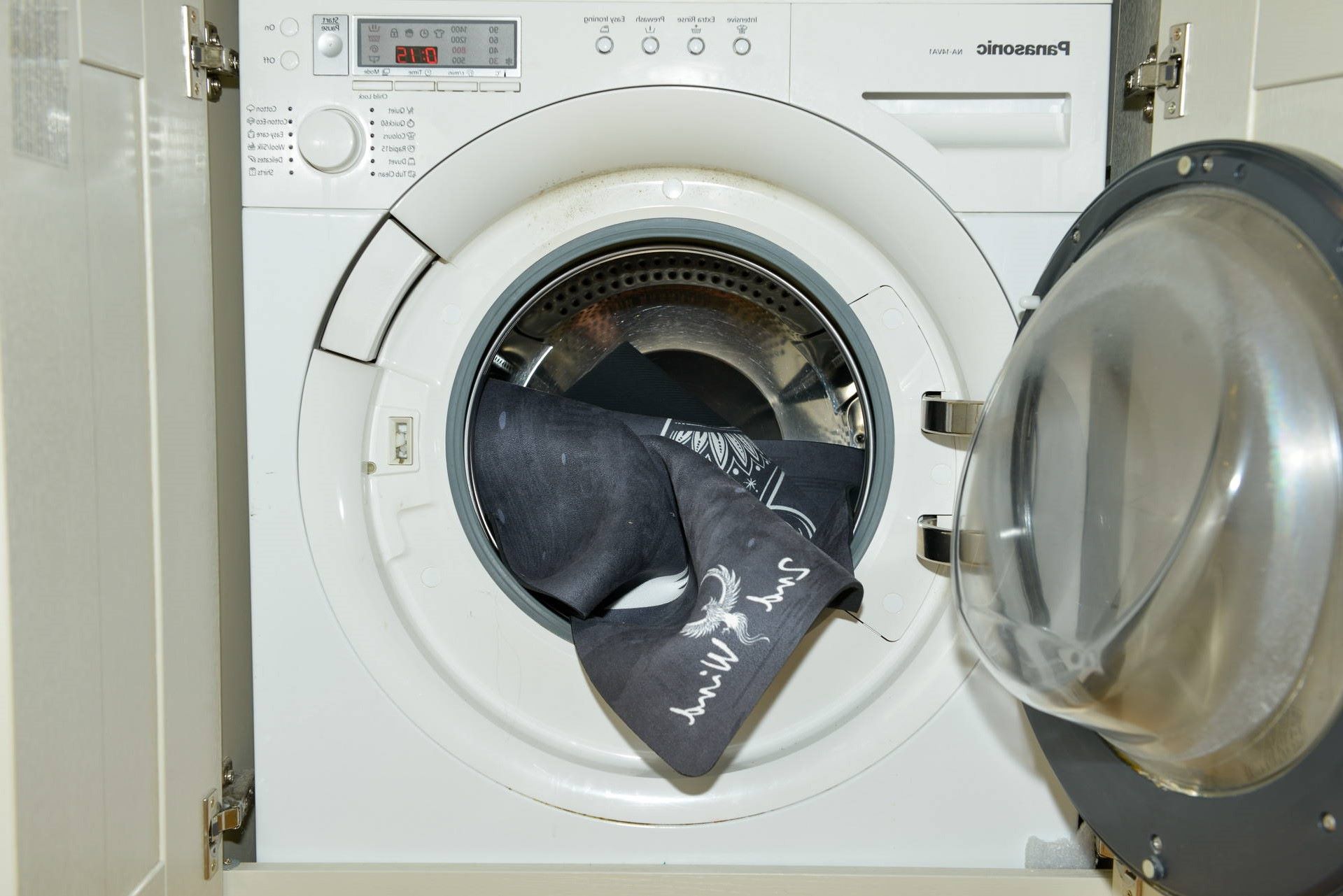
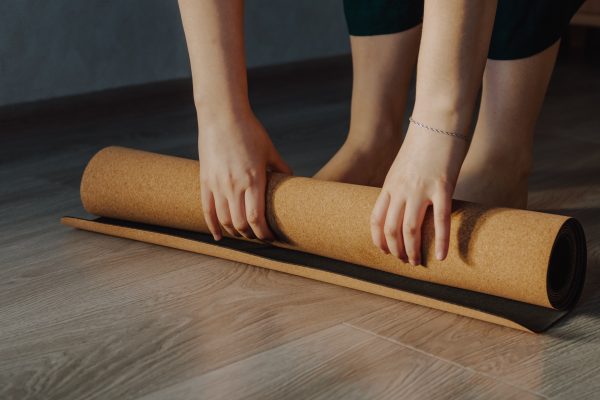
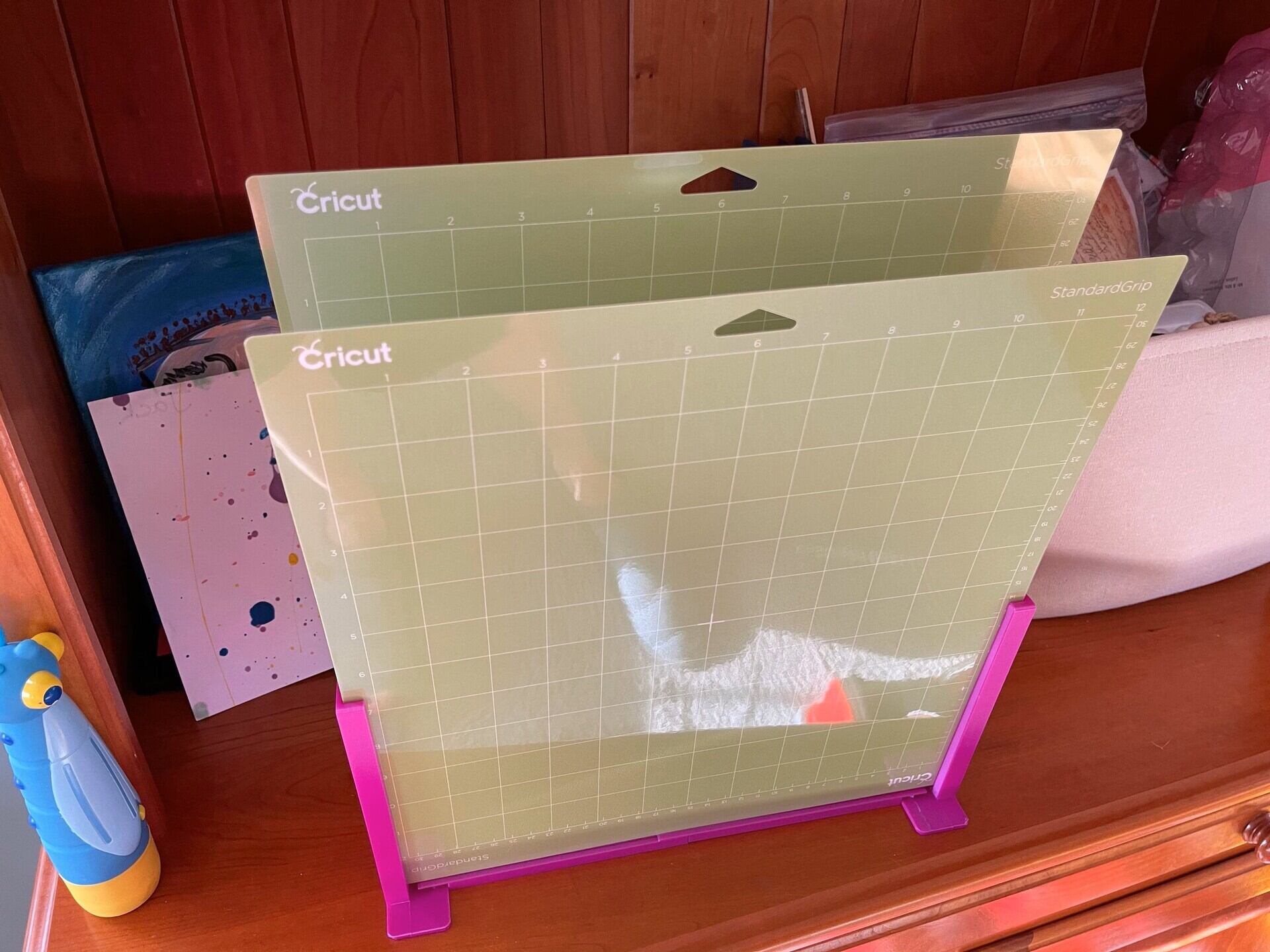
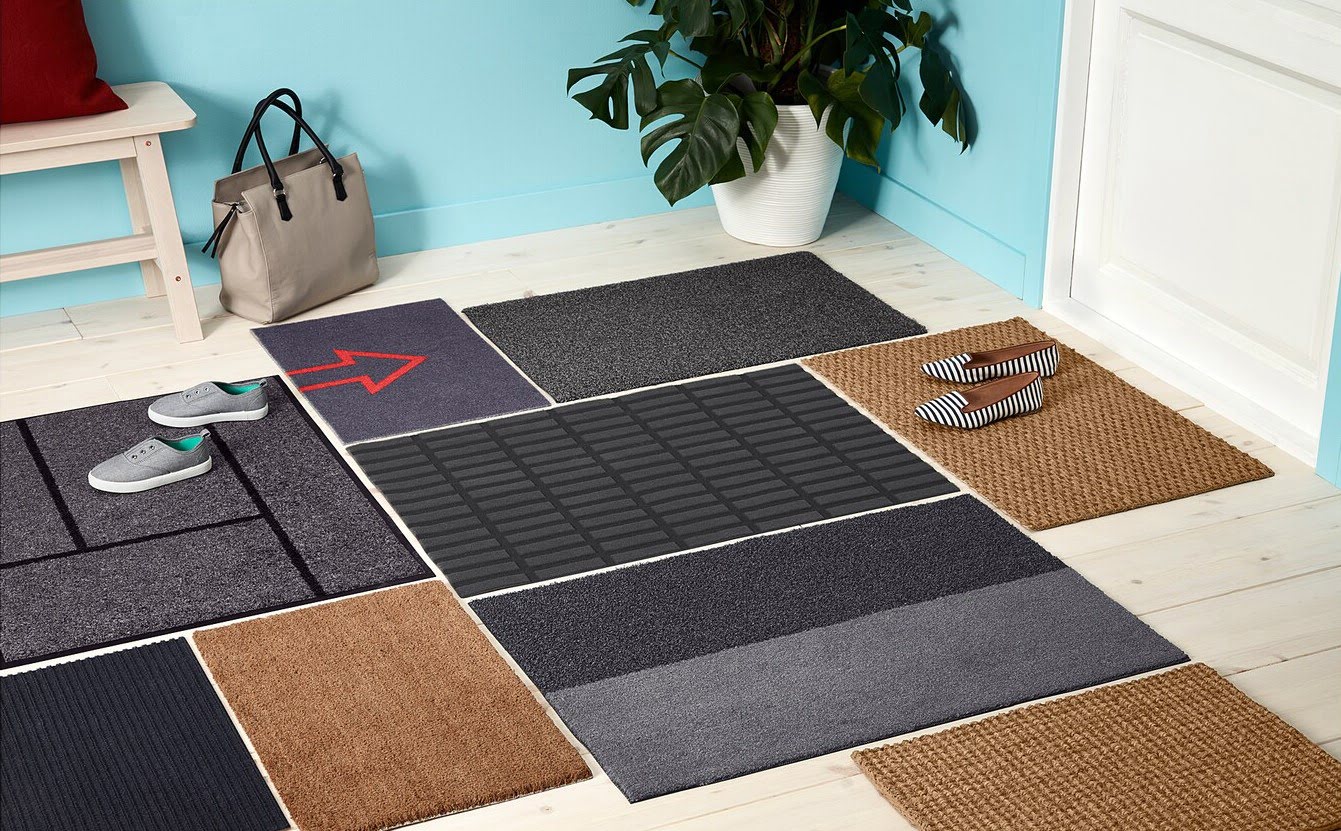
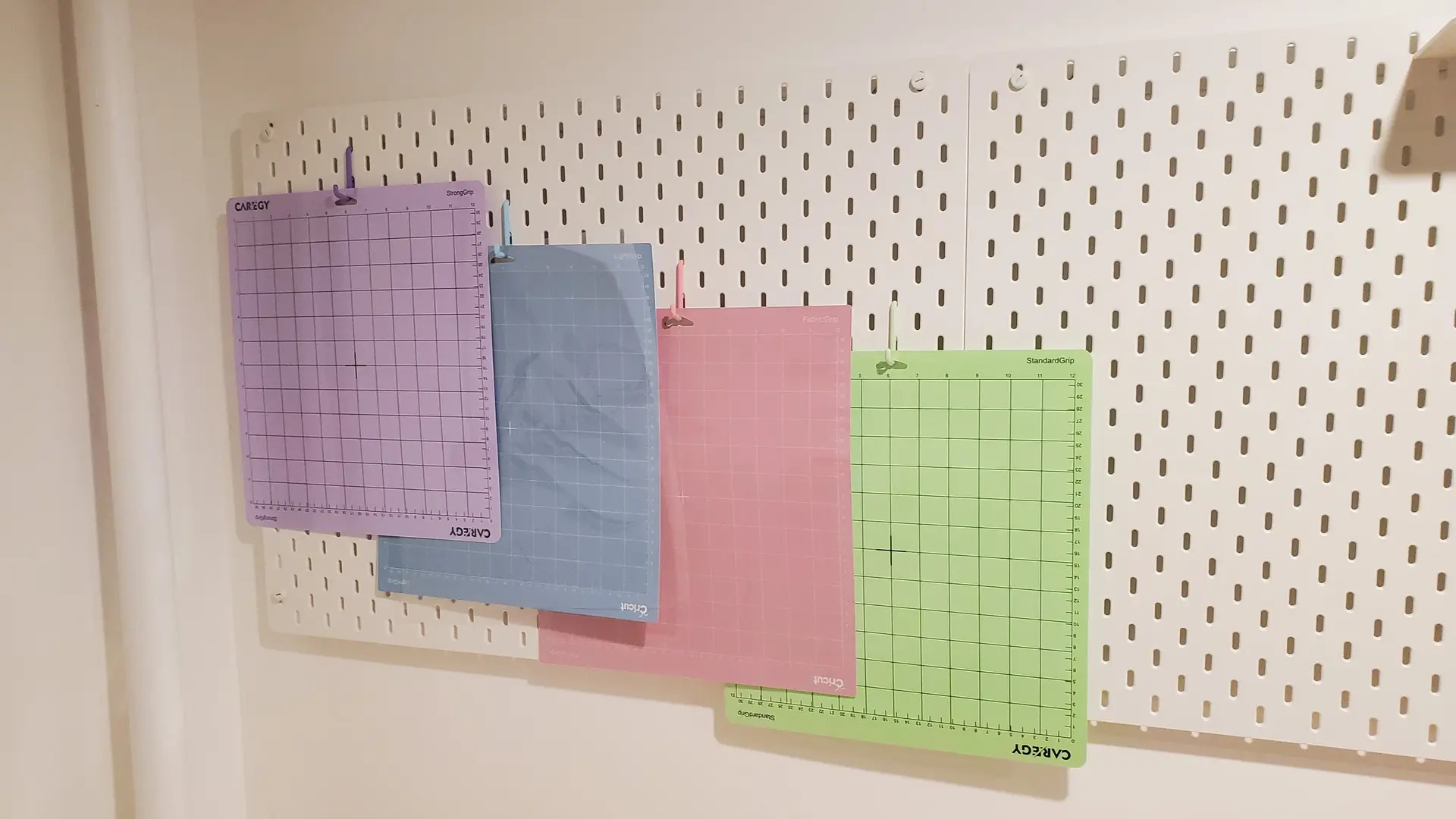
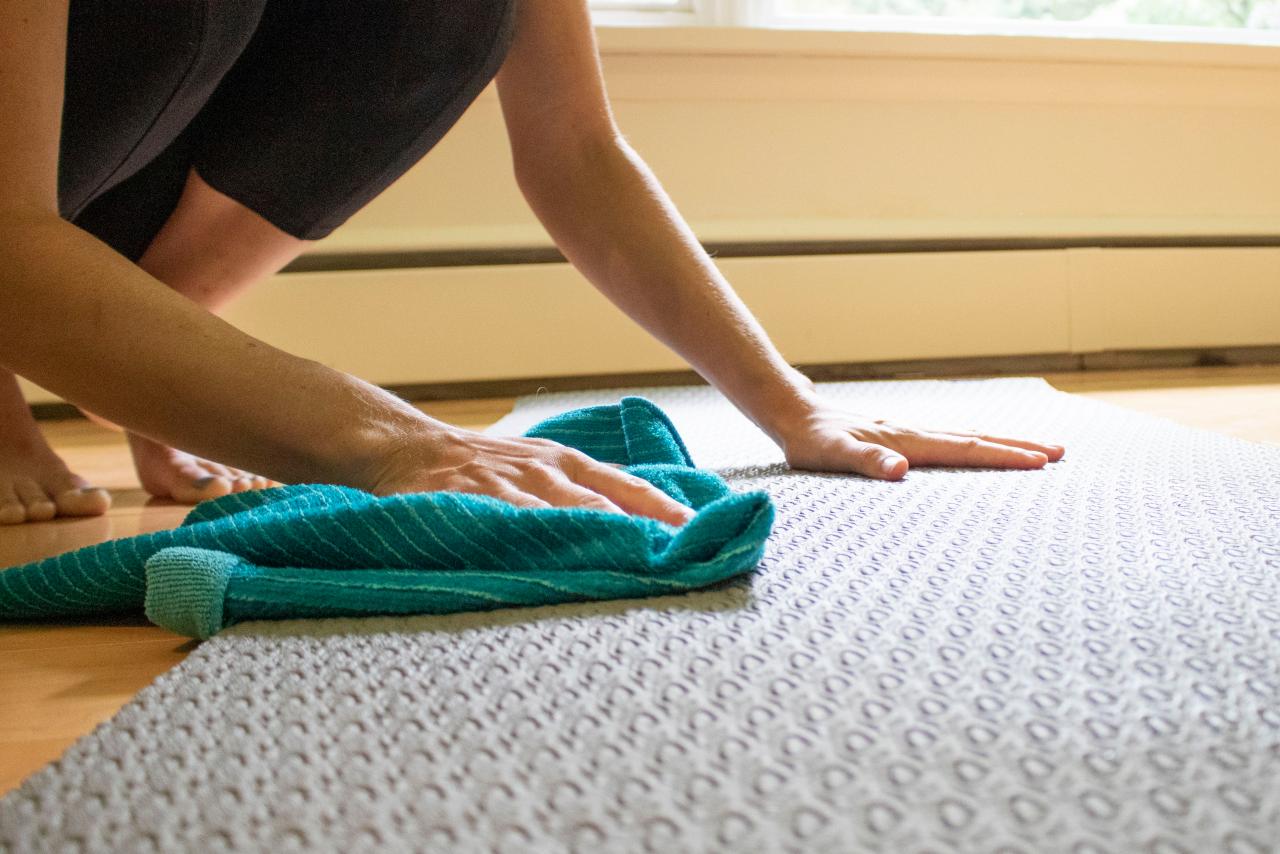

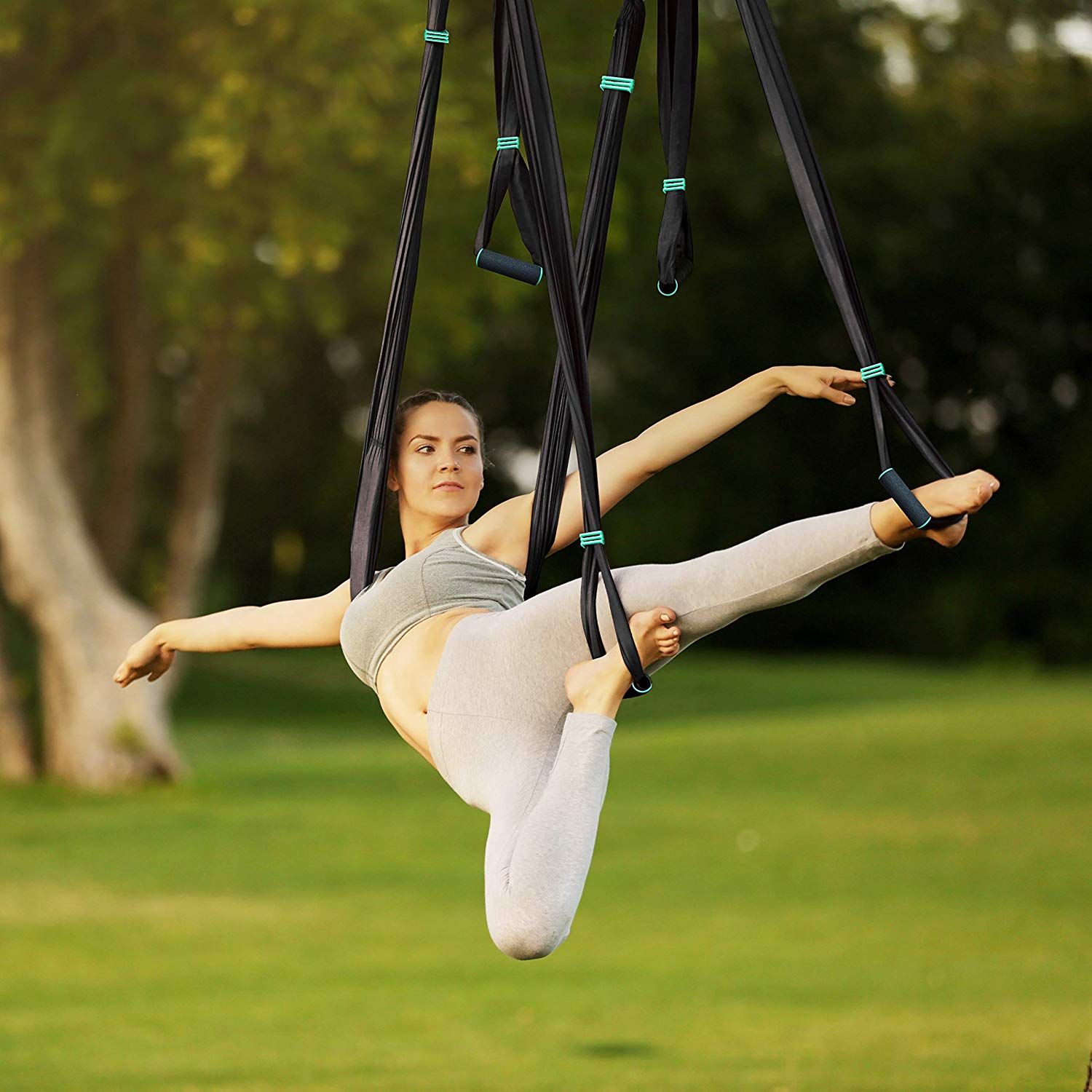
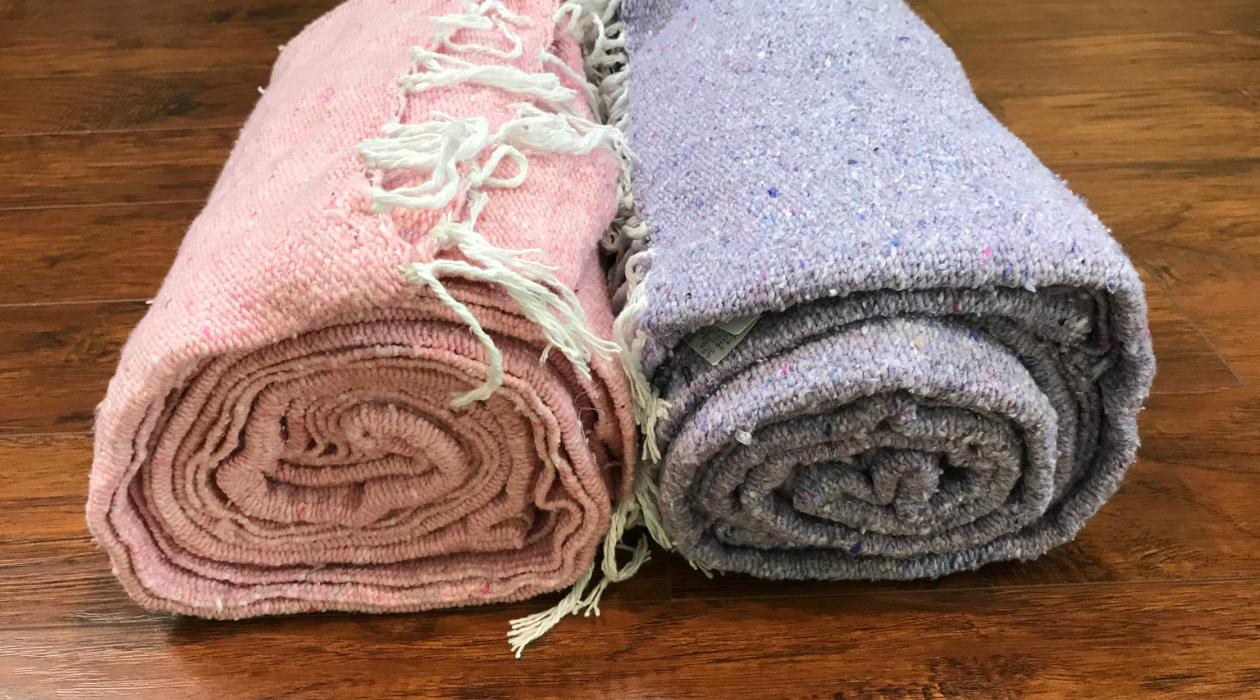
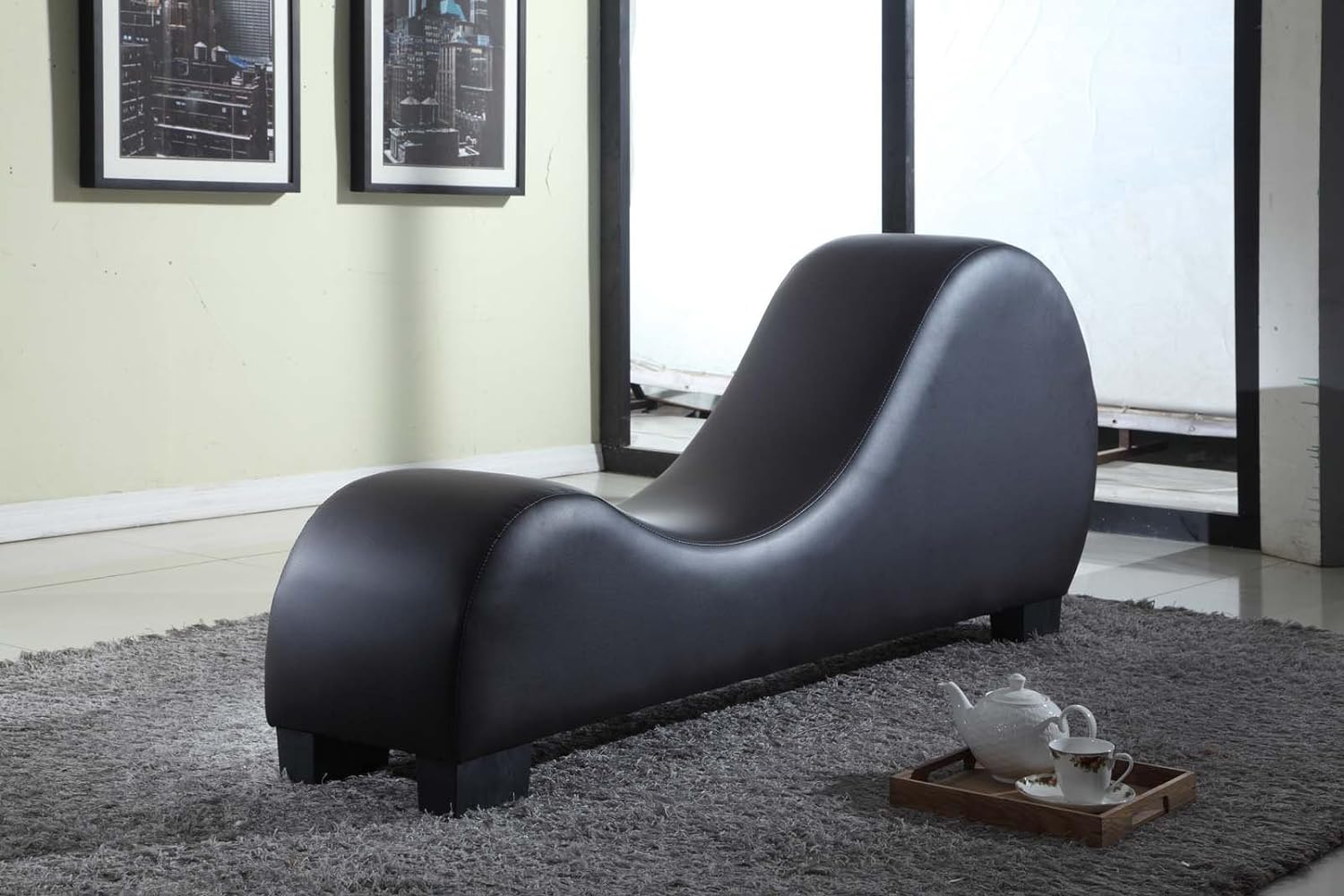

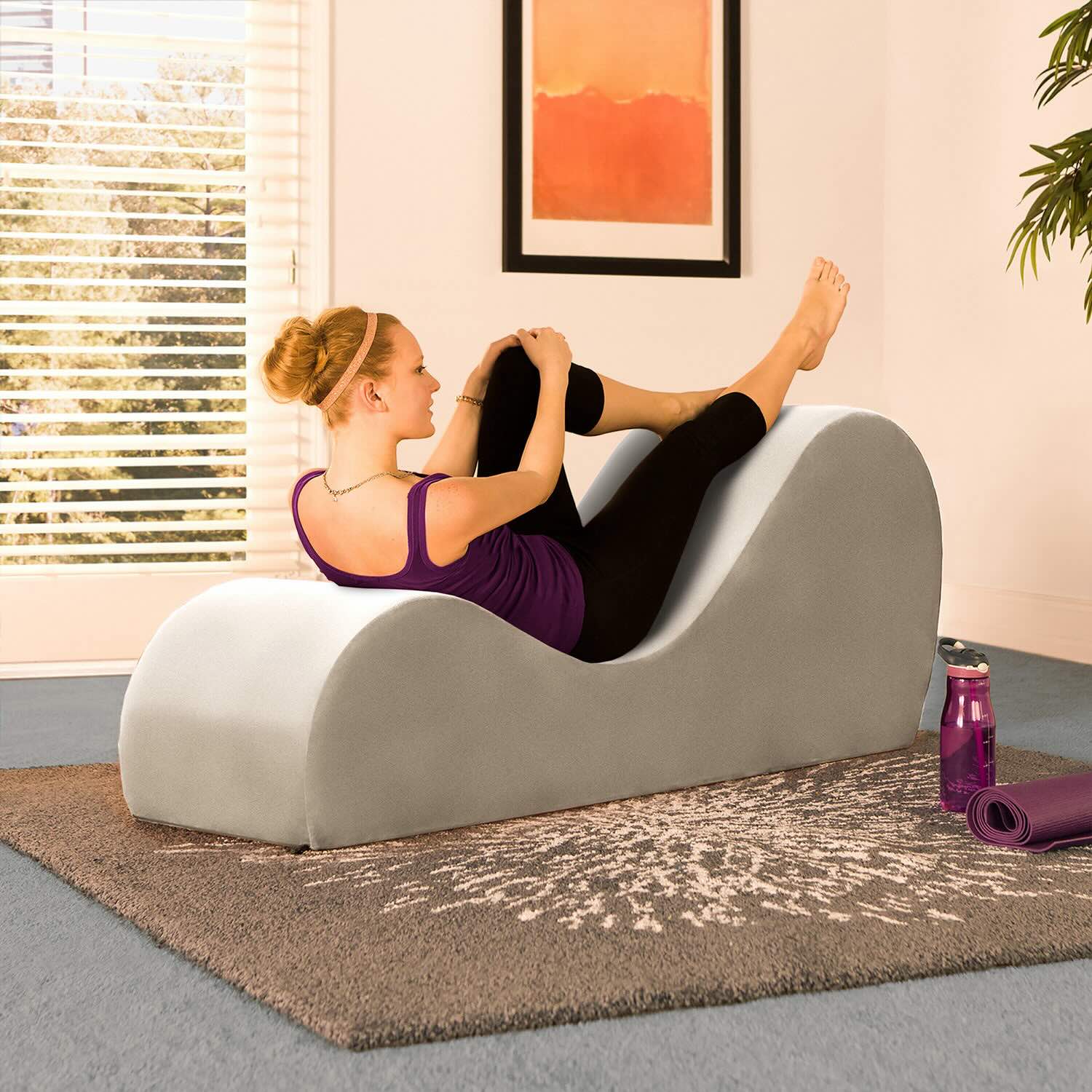
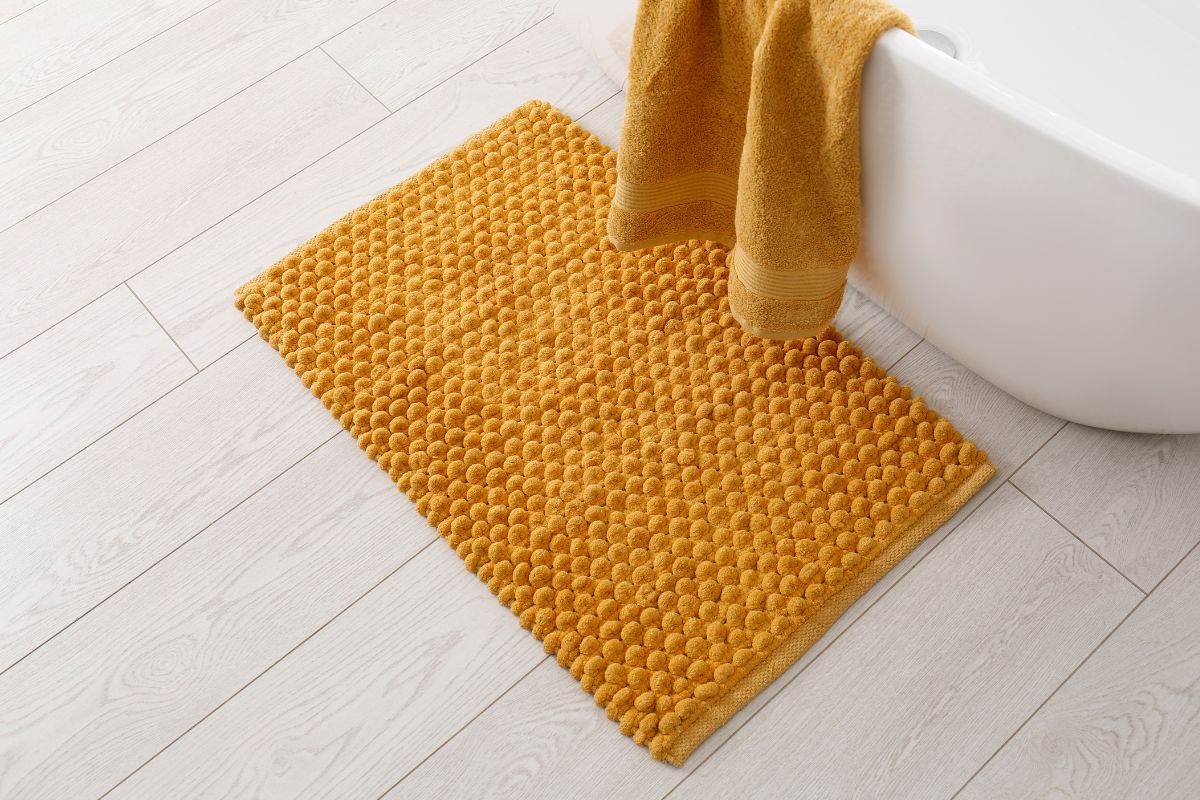

0 thoughts on “How To Store Yoga Mats”